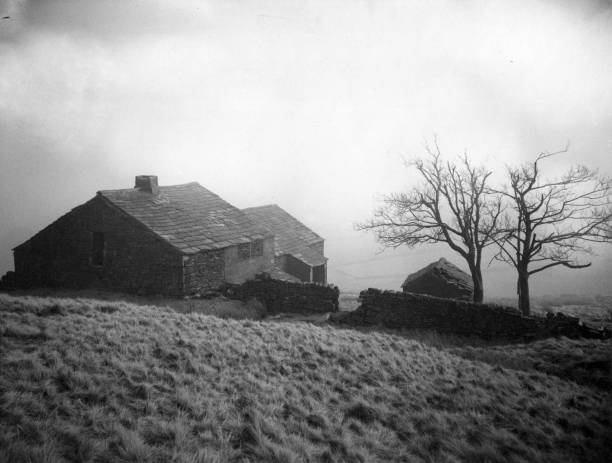
Great Britain, with its rich cultural heritage and breathtaking landscapes, has served as an endless source of inspiration for countless literary works. The country’s charming villages, haunting castles, and sprawling countryside have set the stage for iconic stories that have captivated readers for centuries. In this article, we will take a close look at some of Britain’s most important literary settings that have become as significant as the characters themselves.
Emily Brontë’s classic novel «Wuthering Heights» is renowned for its haunting and atmospheric setting on the desolate Yorkshire Moors. The moorland landscape plays an integral role in shaping the characters’ fate, reflecting their emotions and passions. The rugged beauty of the moors serves as a powerful backdrop to the turbulent love story of Heathcliff and Catherine, leaving a lasting impression on readers worldwide.
Charles Dickens’ «A Tale of Two Cities» masterfully captures the essence of London during the tumultuous times of the French Revolution. The city comes alive through Dickens’ vivid descriptions of its bustling streets, poverty-stricken neighbourhoods, and grandeur of aristocratic homes. Dickens uses London as a symbol of the stark contrasts and social inequalities prevalent in society, making the setting an integral part of the narrative.
C.S. Lewis drew inspiration from the charming city of Oxford to create the magical world of Narnia in his beloved series, «The Chronicles of Narnia.» The city’s ancient colleges and picturesque streets heavily influenced the fantastical setting, where ordinary children could discover a world of talking animals, mythical creatures, and epic battles between good and evil.
In Jane Austen’s «Northanger Abbey,» the city of Bath takes centre stage as the setting for much of the novel’s action. Bath’s elegant Georgian architecture and vibrant social scene serve as the perfect backdrop for the young protagonist, Catherine Morland, as she navigates the complexities of society and romance in the early 19th century.
Daphne du Maurier’s atmospheric novel «Rebecca» is set in the haunting landscape of Cornwall. The rugged cliffs, hidden coves, and mysterious estates create an aura of suspense and intrigue that surrounds the story. Manderley, the grand estate in the novel, becomes an unforgettable literary setting synonymous with secrets and betrayal.
Robert Louis Stevenson’s gothic novella «The Strange Case of Dr. Jekyll and Mr. Hyde» is set against the atmospheric backdrop of Edinburgh. The city’s narrow alleys and historic buildings contribute to the eerie and unsettling ambiance that perfectly complements the story’s exploration of duality and human nature’s darker aspects.
Agatha Christie’s chilling mystery «And Then There Were None» unfolds on the remote Soldier Island, off the coast of Devon. The isolated and foreboding setting adds to the suspense and tension of the story, as ten strangers are lured to the island and find themselves trapped in a deadly game of murder and deception.
The stunning beauty of the Lake District in northwest England inspired the Romantic poet William Wordsworth to create some of his most famous works. The picturesque landscapes, tranquil lakes, and majestic mountains feature prominently in poems such as «I Wandered Lonely as a Cloud,» immortalising the region as a literary haven.
Glossary:
Backdrop – Telón de fondo
Eerie – Inquietante
Foreboding – Fatídido
Haunting – Embrujado/a
Moor – Páramo
Setting – Escenario
Sprawling – Extenso
Stark contrast – Contraste marcado
